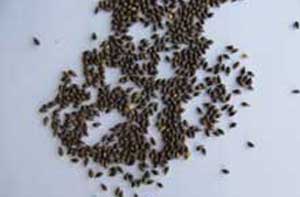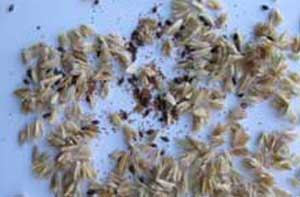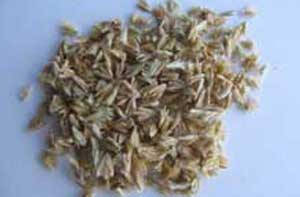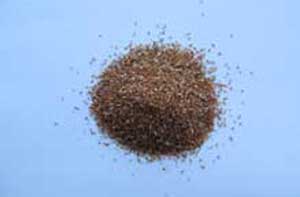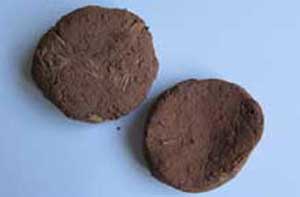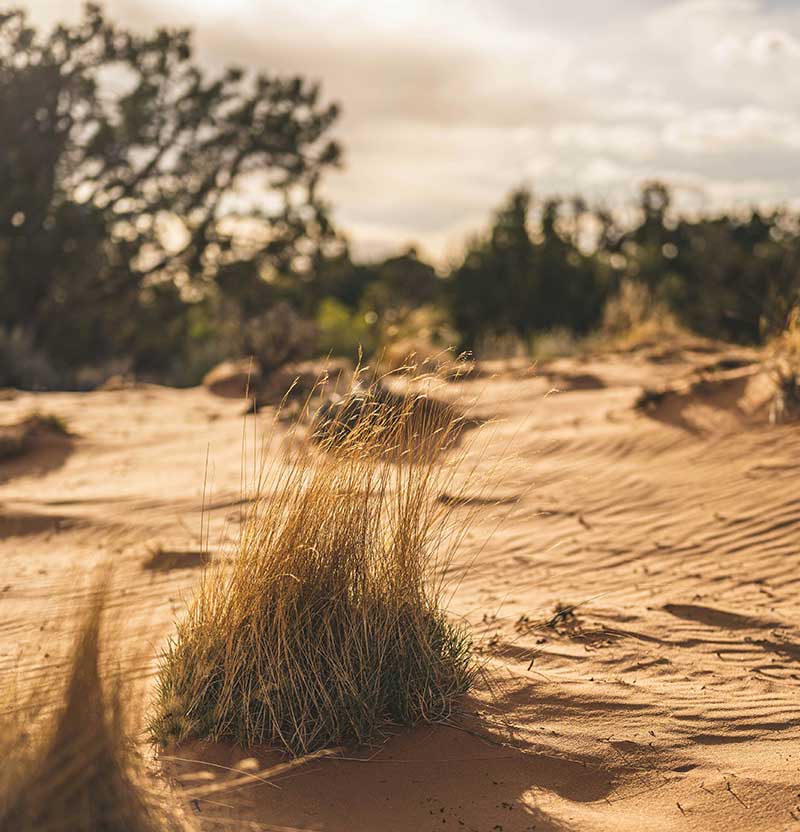
Seed Cake Protocol
Seed cakes are a method for distributing seeds by encasing them in a mixture of clay and soil humus and are great for seeding waste areas in your yard.
Seed cakes are scattered directly onto ground, and not planted. They could be useful for seeding dry, thin and compacted soils and for reclaiming derelict ground. This method takes a fraction of the time or cost of other methods to cover large areas and is also very applicable in small areas.
The clay and humus blend prevents the seeds from drying out in the sun, getting eaten by predators like mice and birds, or from blowing away. When sufficient rain has permeated the clay and the seeds inside sprout they are protected within the coin that contains nutrients and beneficial soil microbes. Seed cakes are particularly useful in dry and arid areas where rainfall is highly unpredictable.
| 1) Dry terracotta clay, finely ground and sifted to remove large pieces | 1 1/4 cup |
| 2) Dry compost (sieve to remove the larger material) | 3/4 cup |
| 3) Assorted seeds (3 varieties*) | 1/4 cup |
Step One: mix seeds and compost together
Step Two: mix in terracotta clay and mist with water so that the ingredients stick together
Step Three: take a pinch of the mixture and roll in the palms of you hand to make a penny sized ball, then press down to make a coin shape!
» Should make approx. 30-40 cakes
Step Four: set seed cakes out to dry
* We recommend using the following three seed varieties in northern Arizona: sporobolus cryptandrus (sand dropseed), oryzopsis hymenoides (Indian ricegrass), and hilaria jamesii (galleta viva).
